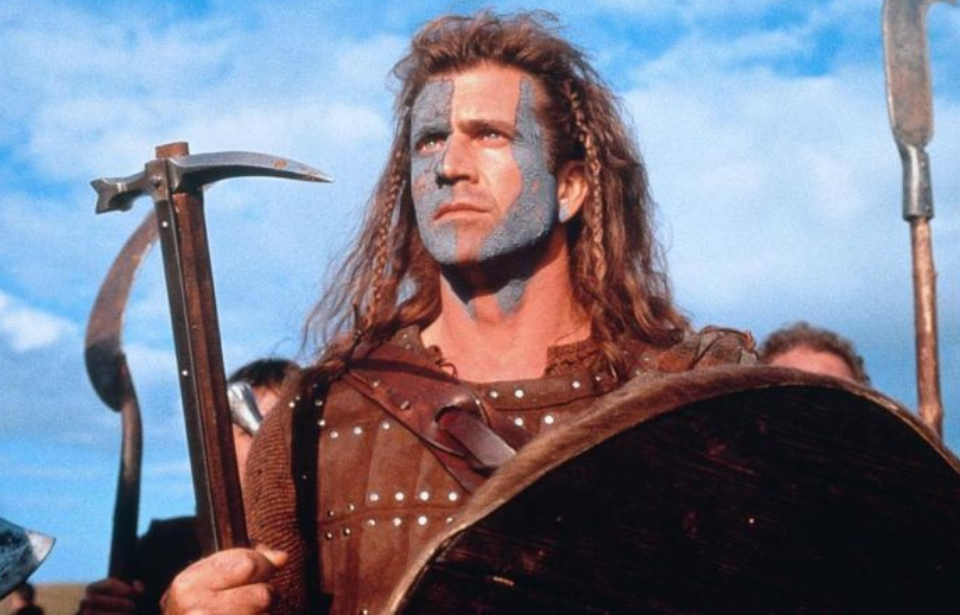Braveheart (1995) is a historical epic directed by and starring Mel Gibson. Set in late 13th-century Scotland, the film covers the life of William Wallace and his involvement in the First War of Scottish Independence. It won five Academy Awards, including Best Picture, and delivers an action-packed, thrilling narrative that captivates audiences.
However, Braveheart isn’t as historically accurate as one might believe. Here are some notable inaccuracies found in the movie that have historians and military researchers alike shaking their heads in dismay.
Who was the real Braveheart?
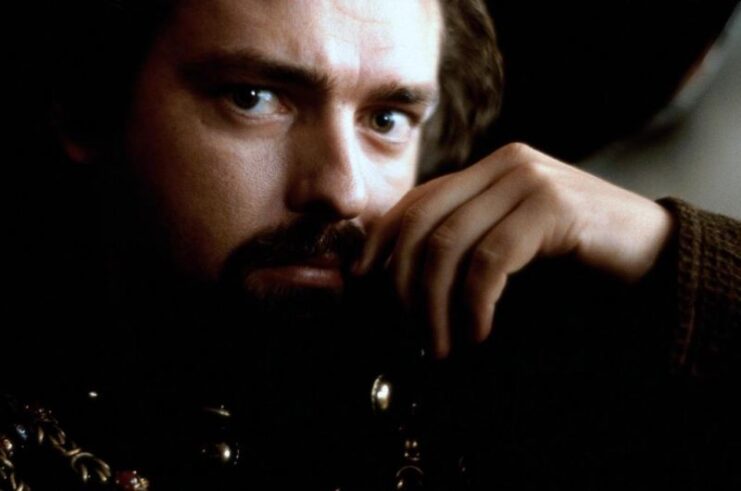
Braveheart is a great title for a film, but it historically refers to a different Scottish leader, not William Wallace. The term is often associated with Robert the Bruce, also known as Robert I, who reigned as king of Scots from 1306-29. He played a key role in the First War of Scottish Independence, leading the Scots after Wallace’s death in 1305.
On his deathbed, Robert the Bruce asked his close friend, Sir James Douglas, to carry his heart with him. According to historian Jean le Bel, it was to be taken to the Church of the Holy Sepulchre in Jerusalem as an act of penance. That being said, poet John Barbour claims Douglas was to carry the heart into battle against “God’s foes.”
The title “Braveheart” is said to have originated when Douglas, during a battle, threw Bruce’s heart into the fray, shouting, “Lead on Braveheart, as thou dost!” The organ was later retrieved from the battlefield and laid to rest at Melrose Abbey.
Battle of Stirling Bridge
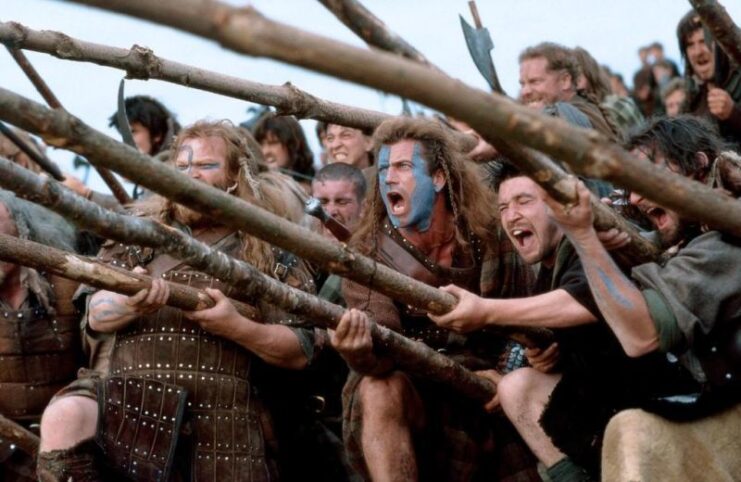
The Battle of Stirling Bridge, fought on September 11, 1297, is one of William Wallace’s most famous victories. While Braveheart dramatizes the engagement, its depiction of what happened is far from historically accurate.
The first major inaccuracy is the omission of Andrew Moray. In 1297, prior to Stirling Bridge, Moray raised a small force in the north and began fighting against Edward I’s men, reclaiming territory for John Balliol, the King of Scots. He later joined forces with Wallace ahead of the battle.
While Braveheart portrays Wallace as the sole mastermind behind the victory, it was Moray who played an important role in its success. Unfortunately, he was wounded and died shortly after.
Another inaccuracy is the absence of the bridge itself. If you’re thinking, “Wait, I don’t remember a bridge in the movie,” you’re correct – the film omits this key feature.
The real Battle of Stirling Bridge, as the name suggests, took place on a bridge. Both sides were positioned on opposite ends of the River Forth, and the bridge was the only safe crossing point. However, it was narrow, allowing only two horses to cross at a time. Wallace and Moray waited until several English troops had made their passage, then they launched their attack, trapping them on the far side of the river with no way to retreat.
One of the English commanders, John de Warenne, ordered the bridge destroyed and retreated to Berwick, leaving the lowlands under Scottish control.
Jus Primae Noctis
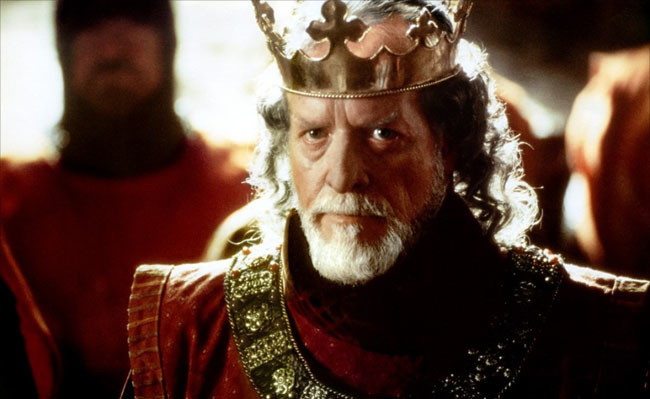
In Braveheart, Edward I (also known as Longshanks) invokes Jus Primae Noctis, or the “right of the first night.” This supposed law grants nobles the right to have intimate relations with subordinate women, particularly on their wedding nights. In the film, Edward quips, “The trouble with Scotland is that it is full of Scots,” and then remarks, “If we can’t get them out, we’ll breed them out,” as he revives what he calls “an old custom.”
While this concept stirs strong emotions in Braveheart and motivates the Scots to resist the English, its historical accuracy is debated. Many argue Jus Primae Noctis is more myth than fact. Medieval scholar Albrecht Classen noted that, “Practically all writers who make any such claims [of its existence] have never been able or willing to cite any trustworthy source if they have any.”
Some scholars suggest that the “right of the first night” is primarily mentioned in writings from later periods and may have been less a formal law and more a way for nobles to exploit those under their authority.
Tartan and the use of war paint
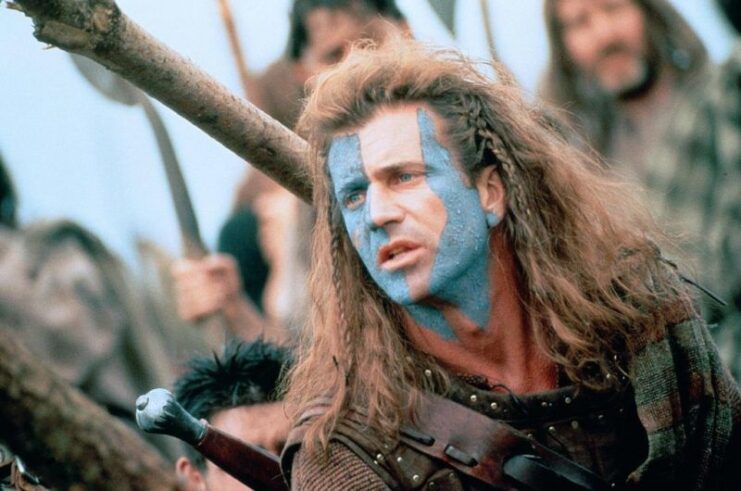
In Braveheart, William Wallace and the Scots are shown wearing kilts in their clan tartans, with blue paint on their faces during the Battle of Stirling Bridge. These iconic scenes have become ingrained in the public perception of Wallace and Scottish history, but neither is accurate for the time period.
Scottish author Peter Traquair criticized these costume and makeup choices, calling them a “farcical representation” of Wallace. He said that Wallace wasn’t “painted with woad (1,000 years too late) running amok in a tartan kilt (500 years too early).”
According to Julius Caesar‘s writings, the tradition of Celtic warriors painting their bodies with woad dye dates back to the first century BC. However, tartan kilts didn’t make an appearance until the late 16th century, and the modern kilts we recognize are from the 18th century.
Isabella of France
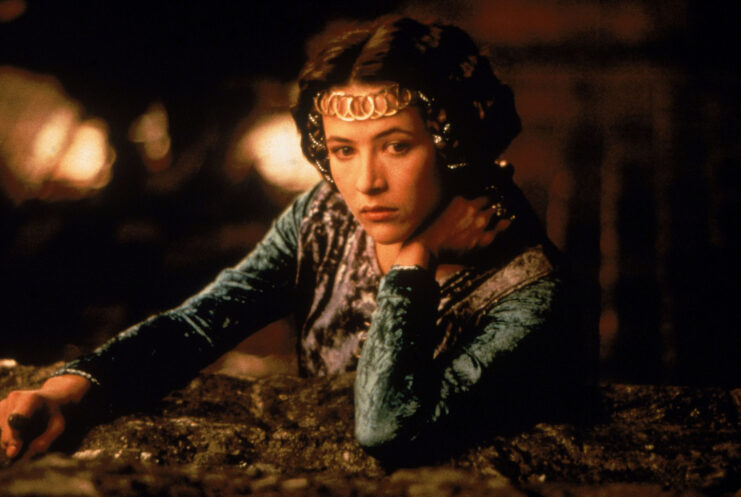
Braveheart portrays Isabella of France as a grown woman who becomes romantically involved with William Wallace, even suggesting she becomes pregnant with his child. However, this is far from the truth; historically, the two never met.
More from us: Being a Medieval Executioner Was a Family Profession – And Not By Choice
Want to become a trivia master? Sign up for our War History Fact of the Day newsletter!
Isabella did marry Edward II and served as Queen Consort of England from 1308-27. The key issue with her depiction in the film is her age. Isabella was born between April 1295 and January ’96, making her only about three years old and living in France during the time of the Battle of Falkirk. The romantic subplot depicted in the movie, therefore, is entirely fictional and could not have taken place in reality.
